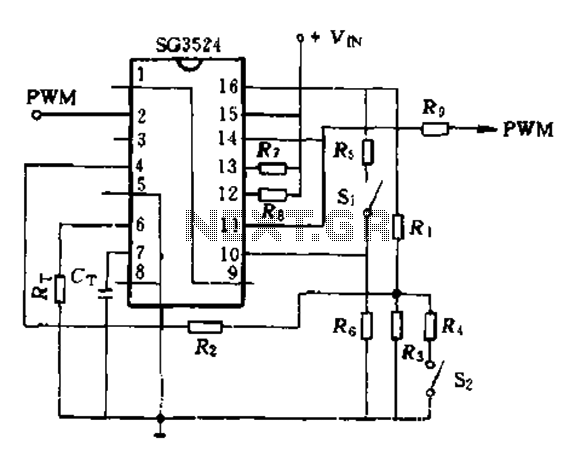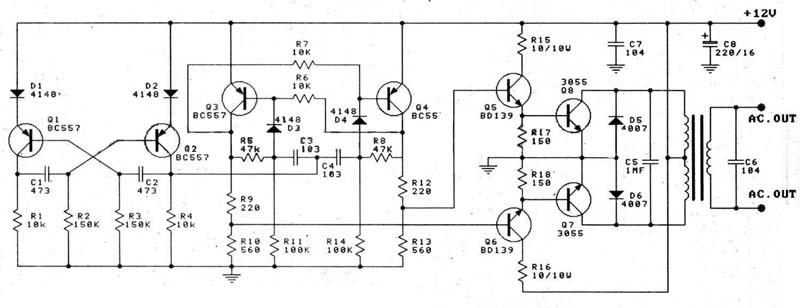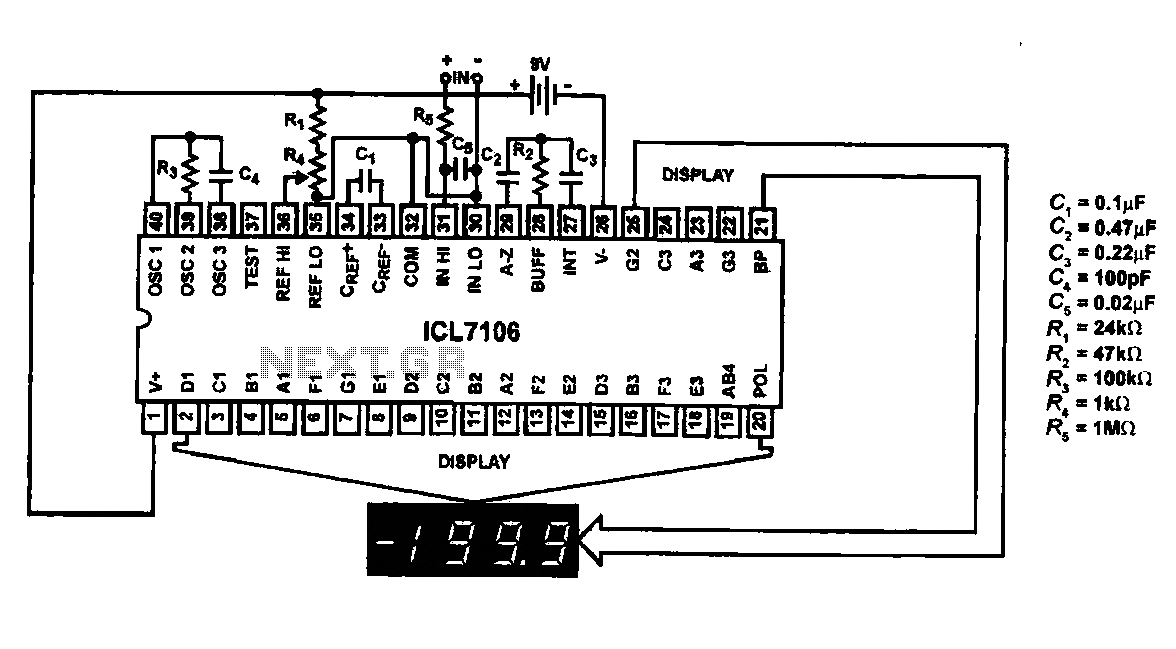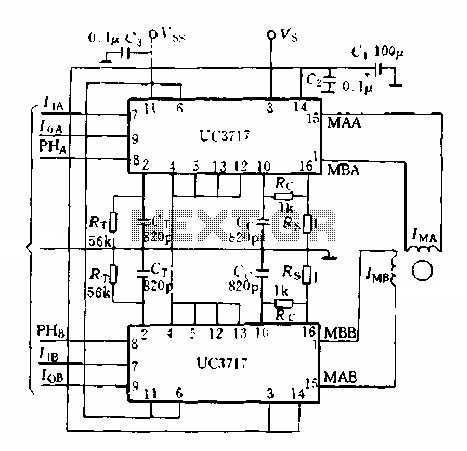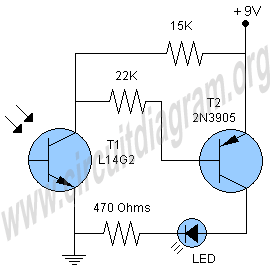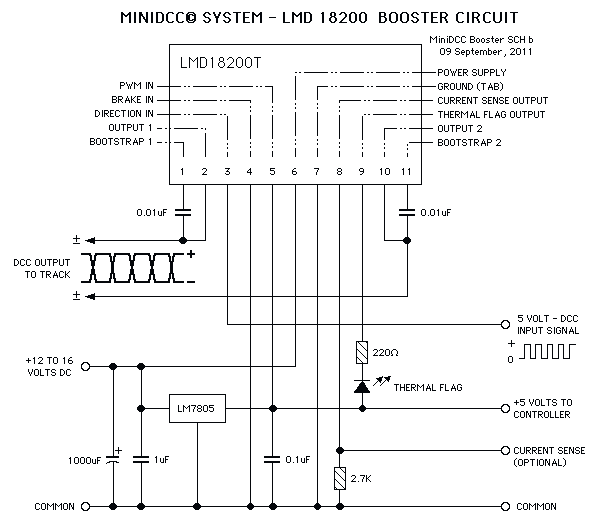
Variable on-off times circuit using two 555 timers
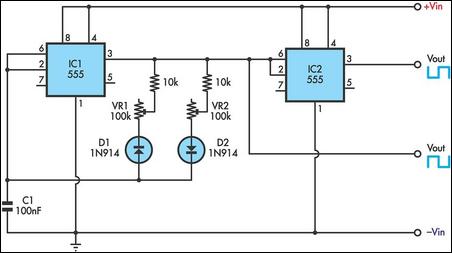
This timer utilizes two 555 integrated circuits (ICs) to adjust the desired output. The variable resistors VR1 and VR2 serve as potentiometers to modify the cycle speed. The circuit can be powered with a 9 to 12-volt power supply, consuming only a few milliamps.
The circuit design incorporates two 555 timers configured in astable mode, allowing for continuous oscillation and providing a variable duty cycle. The use of two timers enables the generation of a more complex output waveform, which may be useful for applications requiring varying frequencies or pulse widths.
Potentiometers VR1 and VR2 are strategically placed in the timing circuit to provide adjustable resistance, thereby altering the charging and discharging times of the timing capacitors. This adjustment directly influences the frequency and duty cycle of the output signal. The output can be connected to various loads, depending on the application, such as LED drivers, sound generators, or other timing-related functions.
The power supply for this circuit should be stable, providing a voltage range from 9 to 12 volts. The current draw is minimal, typically in the range of a few milliamps, which makes this circuit suitable for battery-operated devices or low-power applications. Proper decoupling capacitors should be included near the power pins of the 555 ICs to ensure stable operation and minimize noise.
In summary, this dual 555 timer circuit offers flexibility in timing applications through adjustable cycle speeds, making it a versatile choice for various electronic projects.This timer uses two 555 ICs to Vary the desirable output. VR1 and VR2 are the potentiometers to change the speed of cycles. You can drive it with 9 to 12 volt power supply and few milliamps. 🔗 External reference
The circuit design incorporates two 555 timers configured in astable mode, allowing for continuous oscillation and providing a variable duty cycle. The use of two timers enables the generation of a more complex output waveform, which may be useful for applications requiring varying frequencies or pulse widths.
Potentiometers VR1 and VR2 are strategically placed in the timing circuit to provide adjustable resistance, thereby altering the charging and discharging times of the timing capacitors. This adjustment directly influences the frequency and duty cycle of the output signal. The output can be connected to various loads, depending on the application, such as LED drivers, sound generators, or other timing-related functions.
The power supply for this circuit should be stable, providing a voltage range from 9 to 12 volts. The current draw is minimal, typically in the range of a few milliamps, which makes this circuit suitable for battery-operated devices or low-power applications. Proper decoupling capacitors should be included near the power pins of the 555 ICs to ensure stable operation and minimize noise.
In summary, this dual 555 timer circuit offers flexibility in timing applications through adjustable cycle speeds, making it a versatile choice for various electronic projects.This timer uses two 555 ICs to Vary the desirable output. VR1 and VR2 are the potentiometers to change the speed of cycles. You can drive it with 9 to 12 volt power supply and few milliamps. 🔗 External reference
